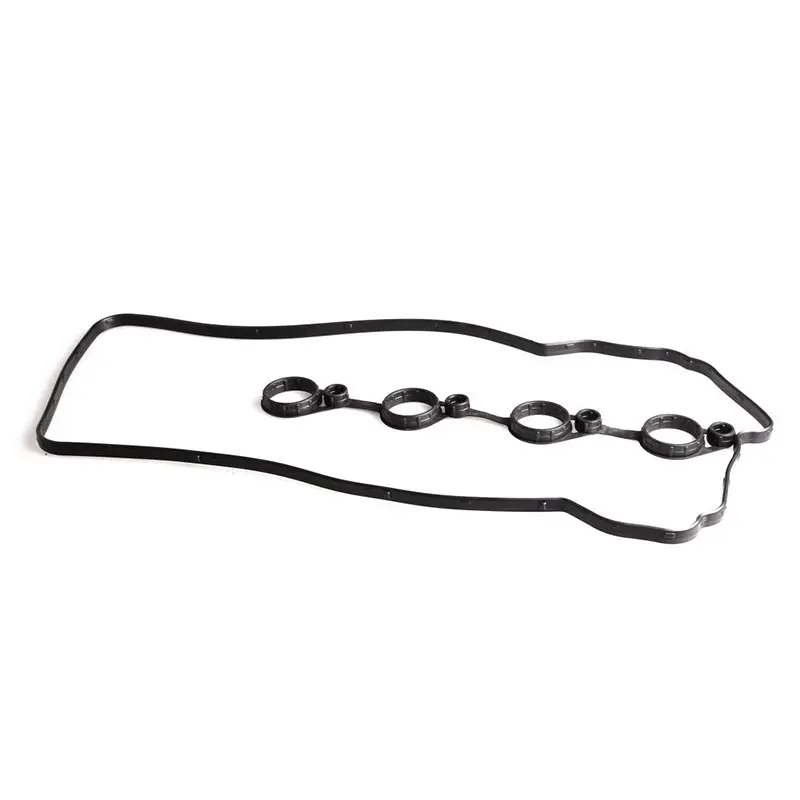10 月 . 17, 2024 10:22 Back to list
Understanding Oil Seal Dimensions for Optimal Performance and Compatibility
Understanding Oil Seal Dimensions A Comprehensive Guide
Oil seals, also known as grease seals or shaft seals, are critical components in various mechanical applications. Their primary function is to prevent the leakage of lubricants and the ingress of dirt, dust, or water, maintaining the efficiency and longevity of machinery. Understanding the dimensions of oil seals is essential for selecting the right seal for specific applications. In this article, we will delve into the importance of oil seal dimensions, how they are measured, and their implications on performance and longevity.
Importance of Oil Seal Dimensions
The dimensions of an oil seal directly influence its functionality and fit within a mechanical assembly. If the dimensions are incorrect, the seal may not fit properly, leading to potential leaks and environmental contamination. Here are the key reasons why accurate measurements are vital
1. Performance Optimization An oil seal that fits perfectly will effectively prevent fluid leaks while keeping contaminants out of the lubrication system. This ensures the machinery operates at optimum efficiency.
2. Longevity Seals that are too tight can cause excessive wear, while those that are too loose may allow leaks. Properly dimensioned seals enhance the lifespan of both the seal and the machinery.
3. Cost Efficiency Using the wrong size of oil seal can lead to downtime and increased maintenance costs. Investing in seals with the correct dimensions minimizes these risks.
Key Dimensions of Oil Seals
When considering oil seal dimensions, several key measurements must be taken into account
1. Inner Diameter (ID) This is the diameter of the hole in the center of the seal that fits onto the shaft. It is vital that the inner diameter matches the shaft's diameter precisely for a proper seal.
2. Outer Diameter (OD) The outer diameter is the total diameter of the seal itself, which fits into the housing or other surrounding components. This dimension is crucial for ensuring that the seal remains stationary and does not allow fluid leakage from the outside.
oil seal dimension

3. Width or Height The width of the oil seal indicates its thickness, which affects how much pressure it can withstand without deforming. The width should also be compatible with the design of the housing to ensure adequate sealing performance.
4. Lip Design Oil seals may have one or two sealing lips. The design and placement of these lips significantly affect the seal's ability to prevent leaks. The material of the lip and its hardness can also impact performance, especially under varying temperature and pressure conditions.
5. Material Although not a dimensional aspect, the choice of material for the oil seal can influence its compatibility with the fluids it will encounter, as well as its overall durability. Common materials include rubber, silicone, and certain thermoplastics, each suited for different applications.
Measuring Oil Seal Dimensions
Accurate measurement of oil seal dimensions is paramount. Here are some steps to ensure precision
1. Use Calipers Digital calipers provide precise inner and outer diameter measurements. Take multiple measurements at different points to ensure uniformity.
2. Check the Width Measure the width of the seal to ensure compatibility with the designated housing.
3. Verify Lip Configuration If applicable, examine the lip design and the number of sealing lips, as this affects overall sealing performance.
4. Consult Manufacturer Specifications Always refer to the manufacturer's specifications or drawings for the correct dimensions and any tolerances required for the application.
Conclusion
Understanding oil seal dimensions is critical for anyone involved in machinery assembly or maintenance. By paying attention to inner diameter, outer diameter, width, and lip design, professionals can ensure they select the right seal for their applications, enhancing performance and prolonging the life of both the seal and the machinery it protects. When in doubt, thorough measurement and consultation with manufacturer guidelines are indispensable steps to achieving optimal results.